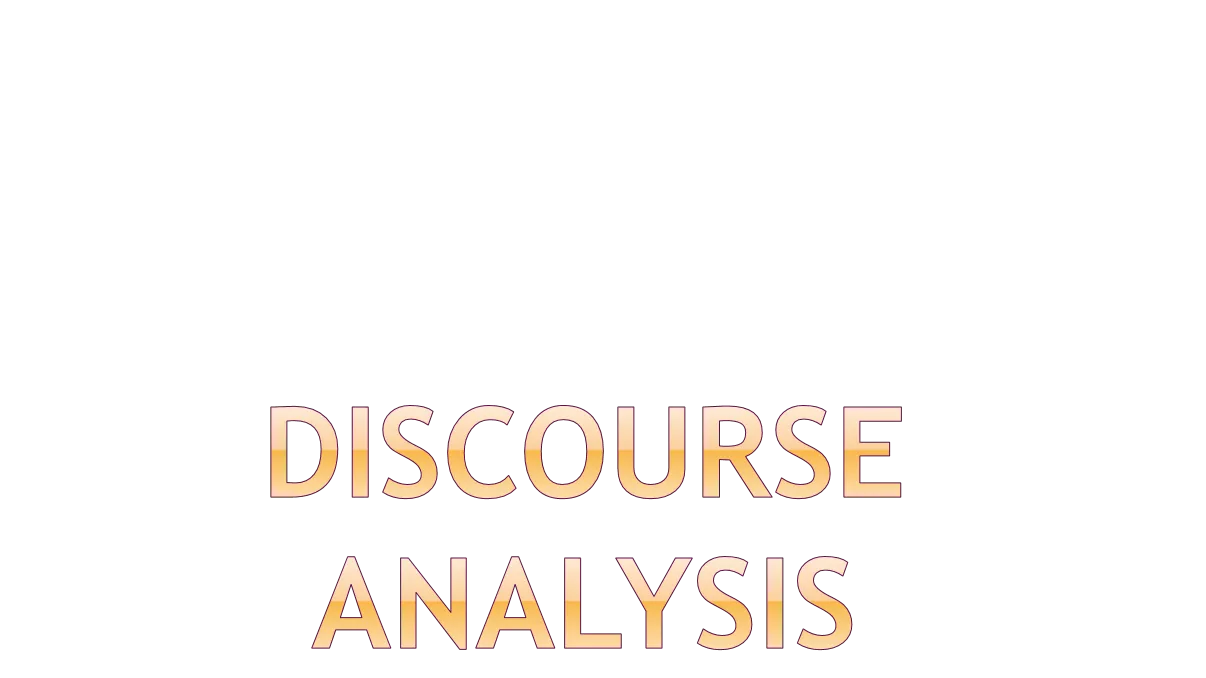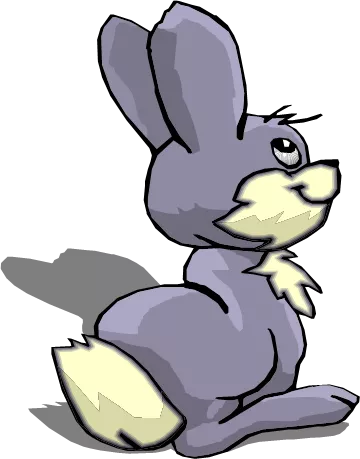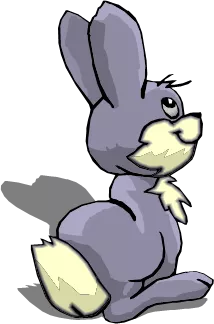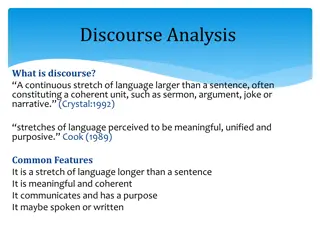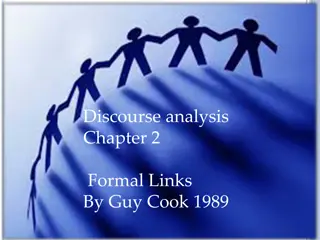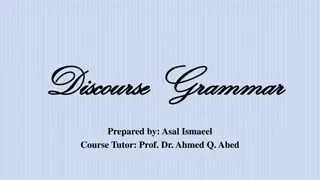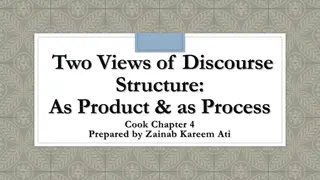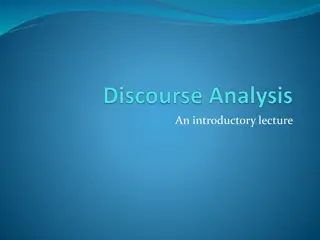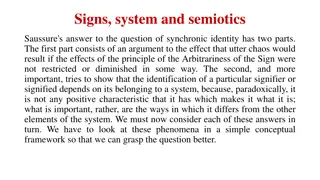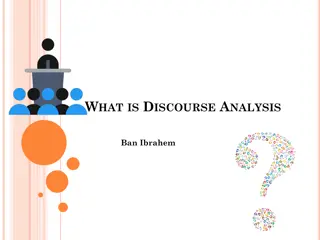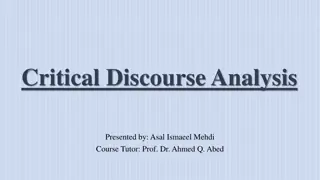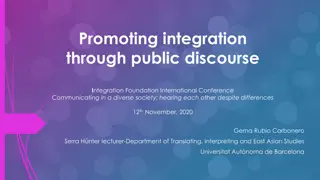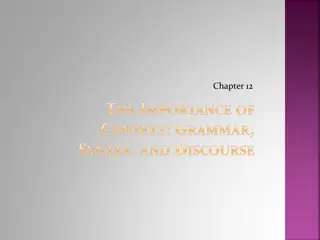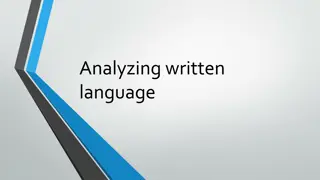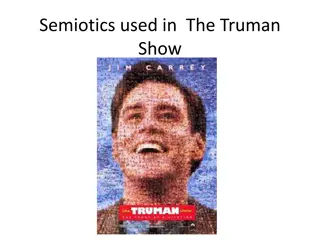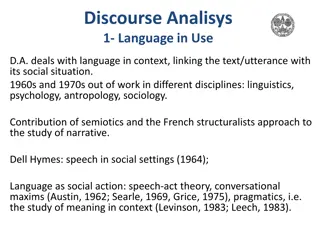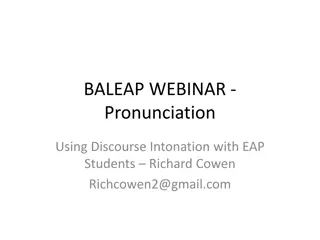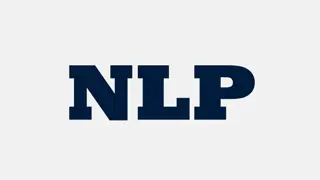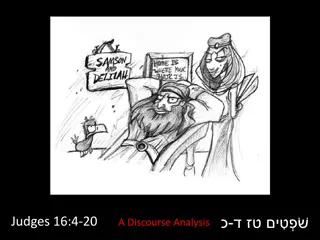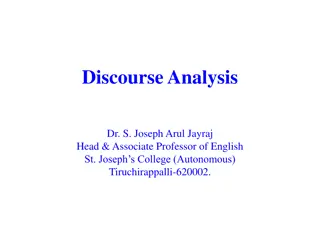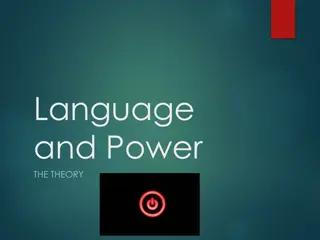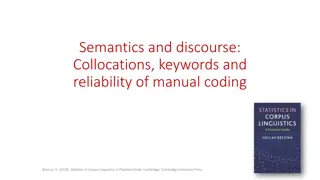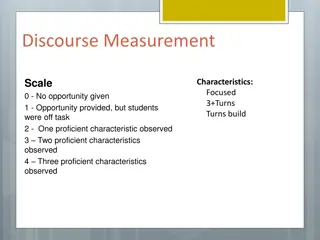Introduction to Discourse Analysis and Semiotics
Discourse analysis focuses on communication realized through language and texts, extending beyond sentence-level language use to encompass social practices. Language in a social-semiotic perspective is viewed as a general ideology and conceptual angle of the subject. Semiotics is a study of signs and meanings in linguistics and culture. Examples of semiotics include traffic lights, colors, language, and interpretation of meanings. Language functions as a social semiotic system based on convention at all levels. Text plays a central role in discourse analysis, considered a meaningful semantic unit spoken or written in a contextual situation. The cultural context influences text genres, purposes, and elements like field, tenor, and mode. Understanding the context of situation and culture aids in interpreting different text types and genres.
Download Presentation

Please find below an Image/Link to download the presentation.
The content on the website is provided AS IS for your information and personal use only. It may not be sold, licensed, or shared on other websites without obtaining consent from the author.If you encounter any issues during the download, it is possible that the publisher has removed the file from their server.
You are allowed to download the files provided on this website for personal or commercial use, subject to the condition that they are used lawfully. All files are the property of their respective owners.
The content on the website is provided AS IS for your information and personal use only. It may not be sold, licensed, or shared on other websites without obtaining consent from the author.
E N D
Presentation Transcript
DISCOURSE ANALYSIS
DISCOURSE Definition Common concern Abstract Realised in communication Realised by language Realised by texts
DISCOURSE Definition Language use beyond sentence Language use in contexts Social practice
LANGUAGE IN A SOCIAL-SEMIOTIC PERSPECTIVE Social semiotic as a general ideology As an intellectual stance As conceptual angle of the subject
SEMIOTICS A general study of signs A study of meanings in most general sense Linguistics is a kind of semiotics Culture is a set of semiotic systems, a set of systems of meanings, all of which interrelate.
EXAMPLES Traffic lights Colours Language (sounds, letters) Interpretation of colours (salted eggs, navy blue)
LANGUAGE AS SOCIAL SEMIOTIC Used by a community Based on convention At all levels: word, phrase, sentence, text
TEXT Discourse is realised by texts Communication happens in text Text is central to discourse analysis What is text?
CULTURE Genre (Purpose) Situation Who is involved? (Tenor) Subject matter Channel (Field) (Mode) Register TEXT
TEXT It is a semantic unit. Something is called a text when it is meaningful. It is spoken and written. It is not a phonological or a graphological unit. It occurs in a context of situation.
CONTEXT OF SITUATION There are three elements Subject matter (field) Participants involved (tenor) Channel (mode)
CONTEXT OF CULTURE Every culture produces text types. A text type is a genre Two general purposes: Transactional and Interpersonal genres Transactional: to get something done Interpersonal: for different purposes of communication
BASIC ENGLISH GENRES Procedure Descriptive Narrative Recount report News item Discussion Explanation Exposition Review
TEXT ANALYSIS Needs linguistic analysis Interpretation is based on linguistic evidence Text analysts need the right knife to cut the right bread Different knives for different bread
DISCOURSE ANALYSIS How texts relate to contexts of situation and context of culture How texts are produced as a social practice What texts tell us about happenings, what people think, believe etc. How texts represent ideology (power struggle etc.)
TEXT & DISCOURSE ANALYSES (NUNAN, 1993) Text analysis is the study of formal linguistic devices that distinguish a text from random sentences. Discourse analysts study these text-forming devices with reference to the purposes and functions for which the discourse was produced, and the context within which the discourse was created. The ultimate goal is to show how the linguistic elements enable language users to communicate.
Discourse, according to Stubbs (1983:1), i language above the sentence or above the clause and the study of discourse is the study of any aspect of language use. the study of language in use . (Fasold1990: 65).
Discourse constitutes the social. Three dimensions of the social are distinguished knowledge, social relations, and social identity and these correspond respectively to three major functions of language Discourse is shaped by relations of power, and invested ideologies. (Fairclough 1992:8)
Discourse analysis, in turn, is composed of a wide range of sub-disciplines, such as pragmatics, conversational analysis, speech act theory and ethnography of speaking. The discipline studies language used in the context, so its subject matter is language as a whole, either written or spoken, in terms of transcriptions, larger texts, audio or video recordings, which provides an opportunity to the analyst to work with language rather than a single sentence.
COMMUNICATION Exchange of meanings Happens in texts See the following diagram onn stratification and metafunctions
CULTURAL LEVEL Discourse Semantic Level Textual Interpersonal Lexicogrammatical Level Ideational Phonology/ Graphology Level
STRATIFICATION Discourse semantic level Leexico-grammatical level Phonological / graphological level All of these are related by realisation
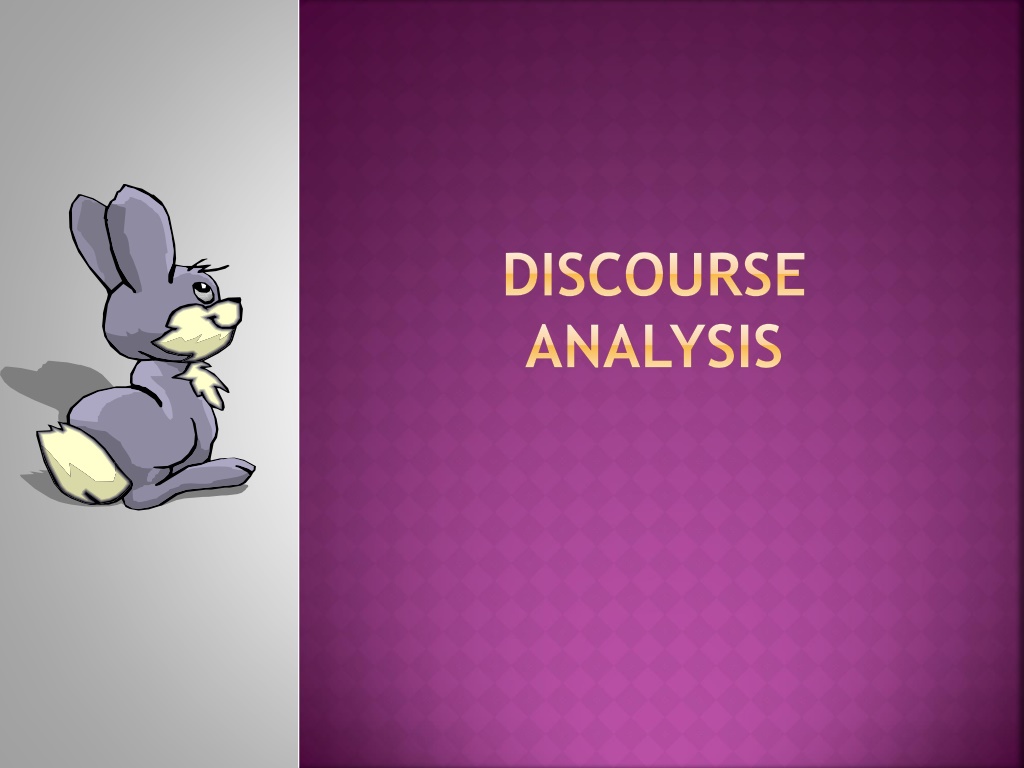
 undefined
undefined

